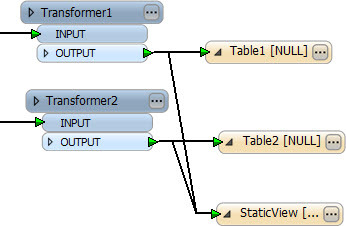Is there any way to take the results of a writer and use them within a second reader (within the same workbench) ?
I have this scenario:
Reader_1 - Transformers - Writer_1
Reader_2 - Transformers - Writer_2
Is there any way that Reader_2 can read the results produced by Writer_1 within the same workbench?
Thanks,












